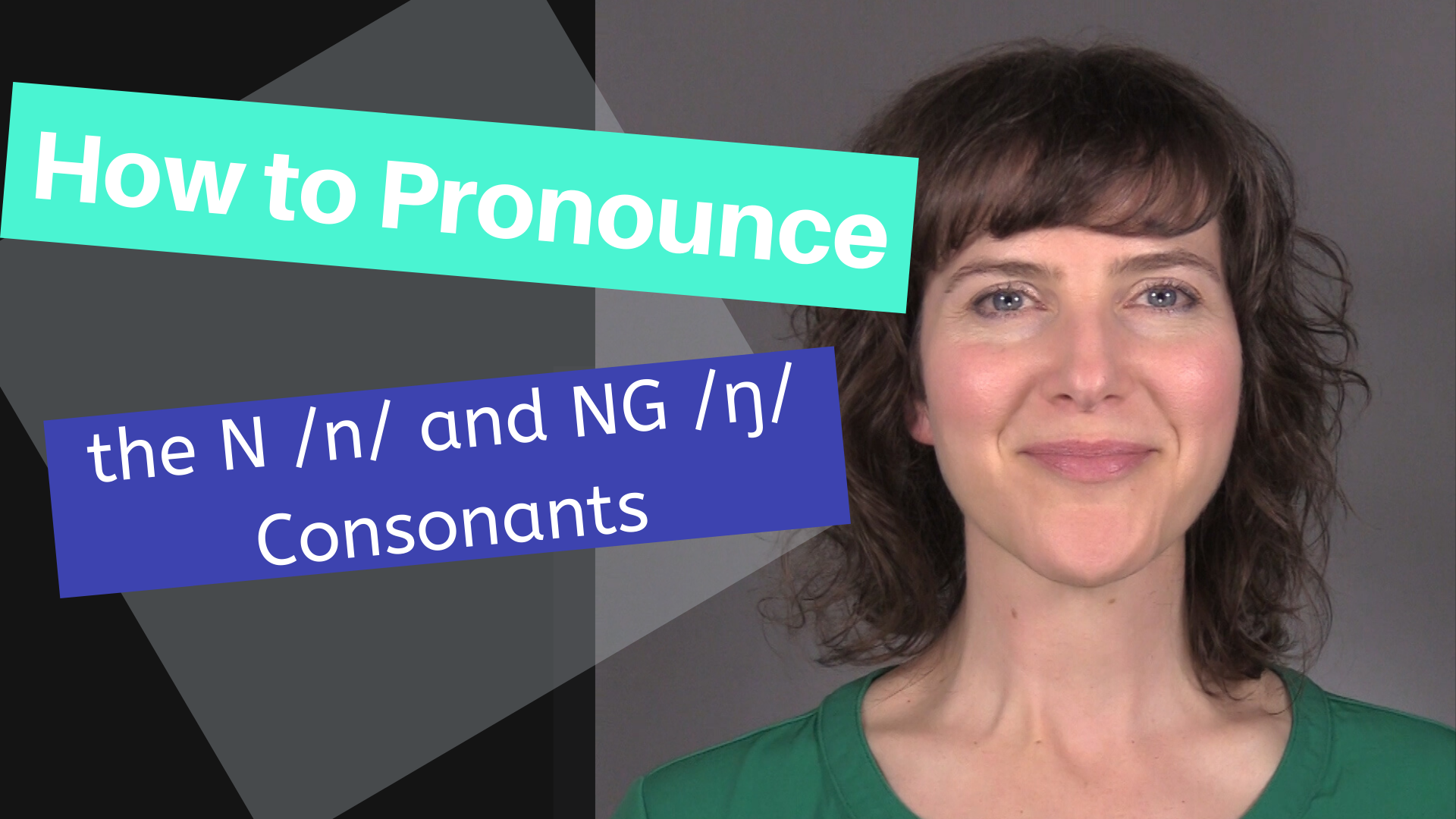
Rogan asks him to pronounce it just 37 seconds in to the podcast. If you want to hear Musk say it, you don't have to fast-forward through much of the video. "I mean it's just X, the letter X, um, and the 'Æ' is pronounced, 'Ash,' and then, A-12 is my contribution." He went on to say that A-12 stood for "Archangel 12, the precursor to the SR-71, coolest plane ever." "First of all, my partner's the one that mostly came up with the name," Musk said of Grimes. It's often pronounced "ash," but some people pronounce each letter, saying "A E.") ("Æ" is a character used in some languages, including Danish and Norwegian. Musk says the name is pronounced "X Ash A Twelve," pretty much just as it looks. Musk said it was "X Æ A-12," but it wasn't until Thursday, when the Tesla and SpaceX founder appeared on The Joe Rogan Experience, that he confirmed the name's pronunciation. bees, flies etc.Elon Musk and singer Grimes welcomed a son on Monday, but the world puzzled over the baby's name. We also use this ending when the word ends in a vowel sound (e.g. This Z sound is similar to the sound a bee makes zzzz. If the last letter of the words ends in a voiced consonant (or sound), then the S is pronounced like a Z /z/(without creating another syllable).
TH: myths, tablecloths, months (voiceless th). F: cliffs, sniffs, beliefs, laughs, graphs (the -gh and -ph here are pronounced like a F). NOTE: The consonants c, s, sh, ch and x are voiceless though they use the sibilants ending seen above.Įxamples of words ending in the /s/ sound: Be careful not to create an extra syllable. If the last consonant of the word is voiceless, then the S is pronounced as /s/. Remember: after verbs ending in -sh, -ch, -ss and -x, we add the -es to the end of the verb (in third person) and the pronunciation is /iz/ as an extra syllable. CH: churches, sandwiches, witches, teaches. If the sound has a J sound (/dʒ/ like the letter J at the beginning of the word jacket or /ʒ/ like the S in pleasure), then the final S is also pronounced as /ɪz/.Įxamples of words ending in the /ɪz/ sound: This /ɪz/ sound is pronounced like an extra syllable. If the last consonant sound of the word is a sibilant sound (a hissing or buzzing sound), the final S is pronounced as /ɪz/. For ease we will write this sound as /ɪz/ or /iz/ Sometimes this sound is written as /əz/ and uses the symbol "schwa" or "upside down e" before the z. Sibilant: buses /sɪz / or /səz /, bridges /dʒɪz / or /dʒəz /, wishes /shɪz / or /shəz /. Voiced: crabs /bz/ - words /dz/ - gloves /vz/,. Voiceless: helps /ps/ - sits /ts/ - looks /ks/. The ending is pronounced /s/ after a voiceless sound, it is pronounced /z/ after a voiced sound and is pronounced /ɪz / or /əz/ after a sibilant sound: The pronunciation of the final S in plural words and verbs in the third person depend on the final consonant sound before that S. Now we know the difference between voiced, voiceless and sibilant sounds we can look at the following rules for the correct pronunciation of S at the end of words in English: The pronunciation of the S at the end of words in English 
 SH like the sound a teacher makes when they want you to be quiet. It is characterized by a hissing sound (sssss), a buzzing sound (zzzzz) or the sound teachers make when they want you to be quiet (shhhh!). Sibilant SoundsĪnother sound which is relevant to this is the sibilant sound which is produced by forcing air out toward your teeth. Try this with the other letters and you will "feel" the difference between a voiced and a voiceless consonant (or sound). The P sound doesn't come from your throat.
SH like the sound a teacher makes when they want you to be quiet. It is characterized by a hissing sound (sssss), a buzzing sound (zzzzz) or the sound teachers make when they want you to be quiet (shhhh!). Sibilant SoundsĪnother sound which is relevant to this is the sibilant sound which is produced by forcing air out toward your teeth. Try this with the other letters and you will "feel" the difference between a voiced and a voiceless consonant (or sound). The P sound doesn't come from your throat. 
You will notice how it comes from your mouth (in fact near your lips at the front of your mouth). That is because it is a voiced sound.Ī voiceless sound (sometimes called unvoiced sound) is when there is no vibration in your throat and the sound comes from the mouth area. You will notice a slight vibration in your neck / throat. Put your finger on your throat and then pronounce the letter L. Voiceless ConsonantsĪ voiced consonant (or sound) means that it uses the vocal cords and they produce a vibration or humming sound in the throat when they are said.







 0 kommentar(er)
0 kommentar(er)
